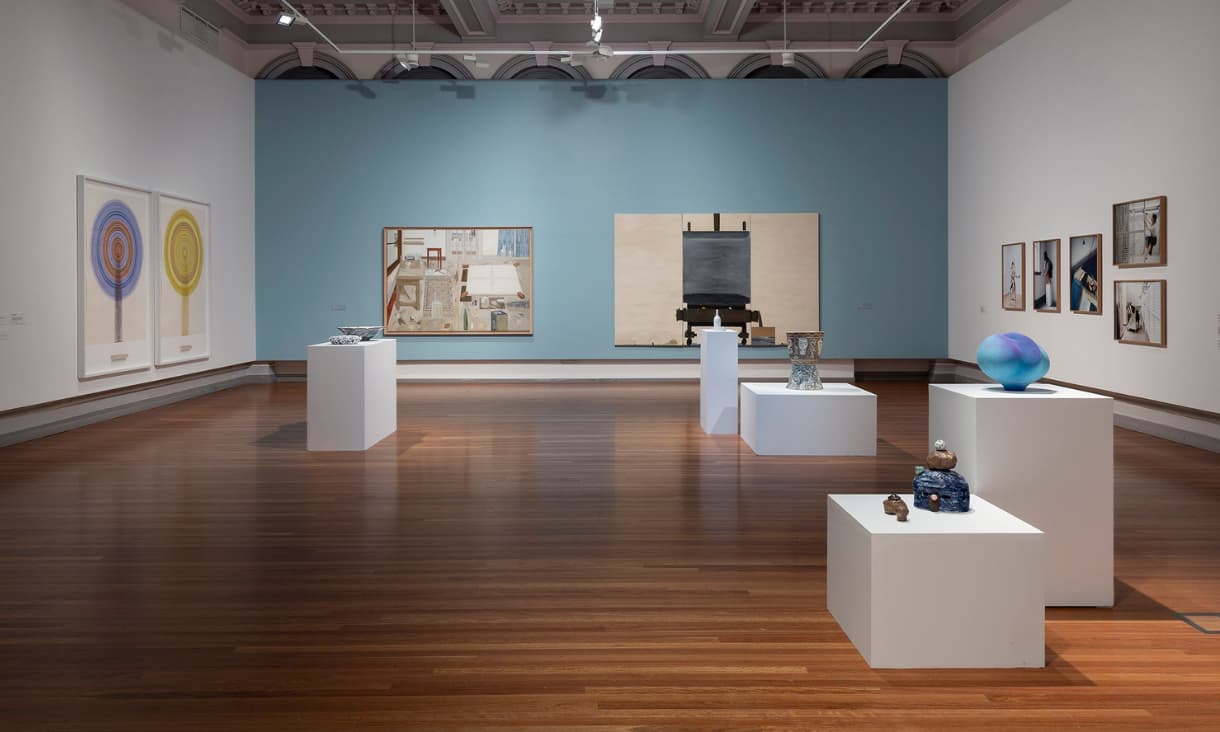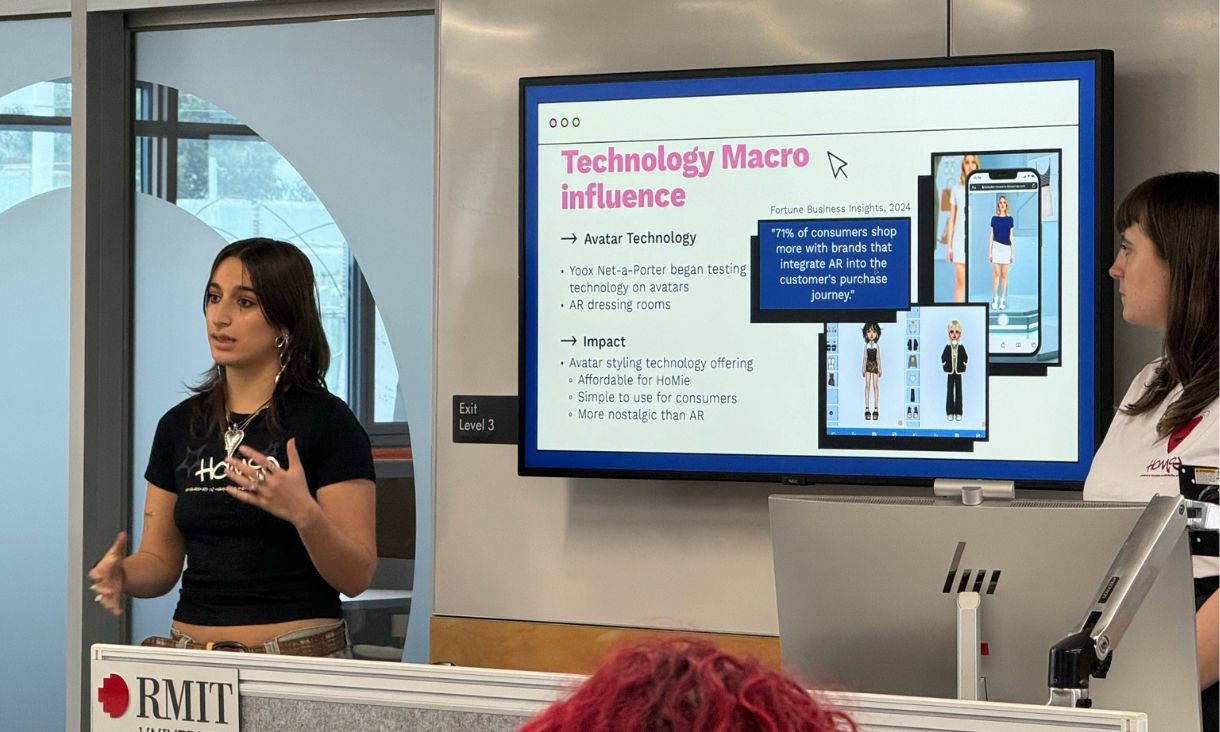The award was first bestowed in 1994, with Grigg the 12th Australian designer to receive the honour. She said she felt a sense of accomplishment to be inducted into the hall of fame and found the timing of it fitting.
“As well as this accomplishment, the induction coincides well with now being in an academic role, where I am able to give back to the industry, in terms of educating young designers through my practice, and contributing aspects of this knowledge to graphic design research, which is relatively new field,” she said.
The Australian Book Design Association’s Hall of Fame award is presented periodically to a nominated designer whose body of work and role in the book industry have made a significant contribution to the standards of book design in Australia.
After a decade of editorial art direction at Rolling Stone and HQ Magazines in the 1990s, Grigg moved into book publishing via a stint at MTV.
She worked internationally with renowned industry organisations including Pentagram Design, Granta Books and Faber and Faber, before eventually deciding to broaden her scope and undertake doctoral research in graphic design cognition processes and graphic design history, finding her way to RMIT in the process.
Reflecting on her career, achievements and creative design process, Grigg said she discovered her own process through an unintentional mechanism, and relatively late in her career.
“My PhD investigated my design processes, and it was then that I discovered the extent to which I had tacitly generated and come to rely upon a particular practice method,” she explained.
“A self-imposed requirement of my design process was to continuously seek different materials to work with..."
Recognising that each authors’ voice is unique, I set myself the task of inventing a distinct visual interpretation to represent the uniqueness of each voice.
“As a kind of survival tactic, the method habitually subcontracted this inventive necessity to the behaviours of different materials.”
She highlighted her work designing Alexis Wright’s novel Praiseworthy as an example of an idea spawning from another.
"I was working on a suite of cover designs for three of Alexis’s novels at the time, and, typical of working abstractly, the ink smear selected for Praiseworthy originated as a rendering of a swan intended for the cover of The Swan Book,” she said.
“As the publisher's brief highlighted, many passages in Praiseworthy featured butterflies as if they were ‘force fields’, and an interpretation of this appeared when I flipped and rotated the swan image. The form dynamised the concept. A storm picks up on the front cover, pushes around the spine, and appears to tail out on the back cover.”
“I liked the monochrome. With no distractions from colour, the sense of space and texture created by the process suggests a mythological atmosphere. Adding yellow on the paperback edition cover modifies the original image's meaning again.”
Despite her achievements within the industry and commercial world, Grigg’s next career goal is to focus on making the most of an environment that allows her to create without constraints.
“I would like to design artifacts not conceived for mass production,” she said.
Her advice to those with ambitions to break into the field is equally as down to earth.
“As much as you can, work alongside and stay in touch with people who want to achieve similar outcomes for similar reasons as you."
Story by: Finn Devlin




